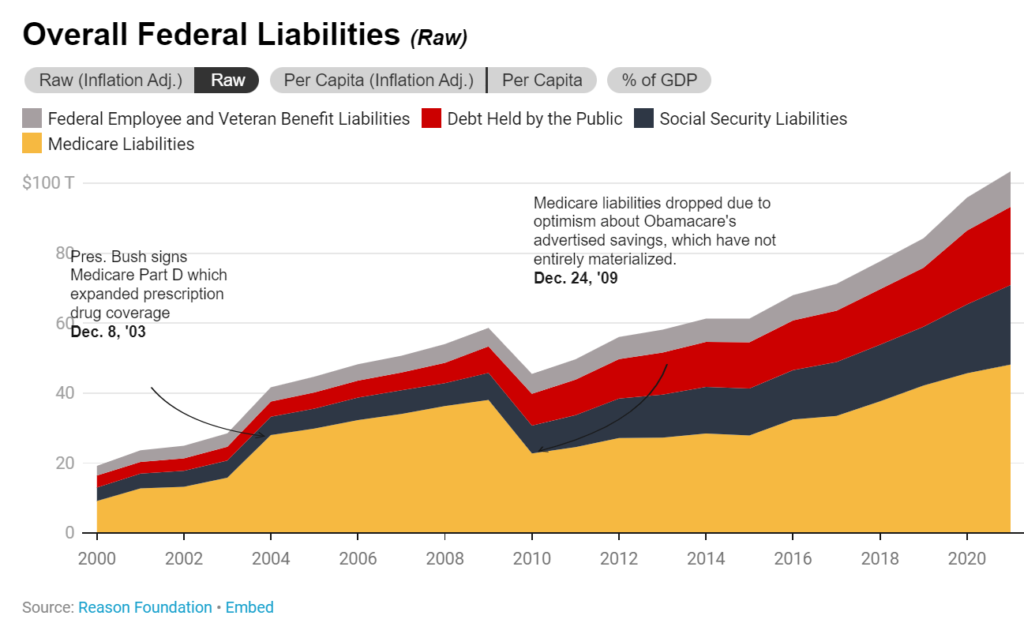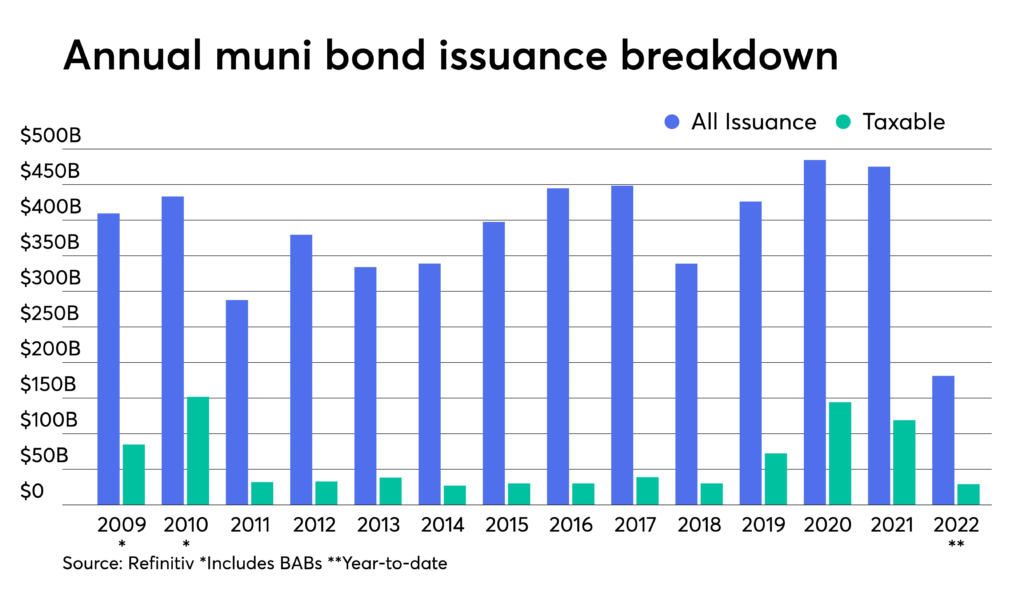Graphic:

Excerpt:
An unprecedented gush of income-tax revenue is flowing into the federal government, driven in part by investors and business owners, and the size and speed of the increase has surprised even the nation’s fiscal-policy experts.
Individual income tax collections are poised to reach $2.6 trillion, or 10.6% of the economy in the fiscal year that ends Sept. 30, according to the Congressional Budget Office. That is up from 9.1% in 2021 and would mark a record in the 109-year history of the tax, topping the war-tax receipts of 1944 and the dot-com boom of 2000.
The surge has been particularly notable in taxes outside paycheck withholding, a signal that capital gains and business income are driving the trend. The Penn Wharton Budget Model estimates collections of non-withheld taxes reached an inflation-adjusted $522 billion in April 2022, compared with just over $300 billion in 2018 and 2019, before the pandemic.
Author(s): Richard Rubin, Amara Omeokwe
Publication Date: 5 June 2022
Publication Site: WSJ



